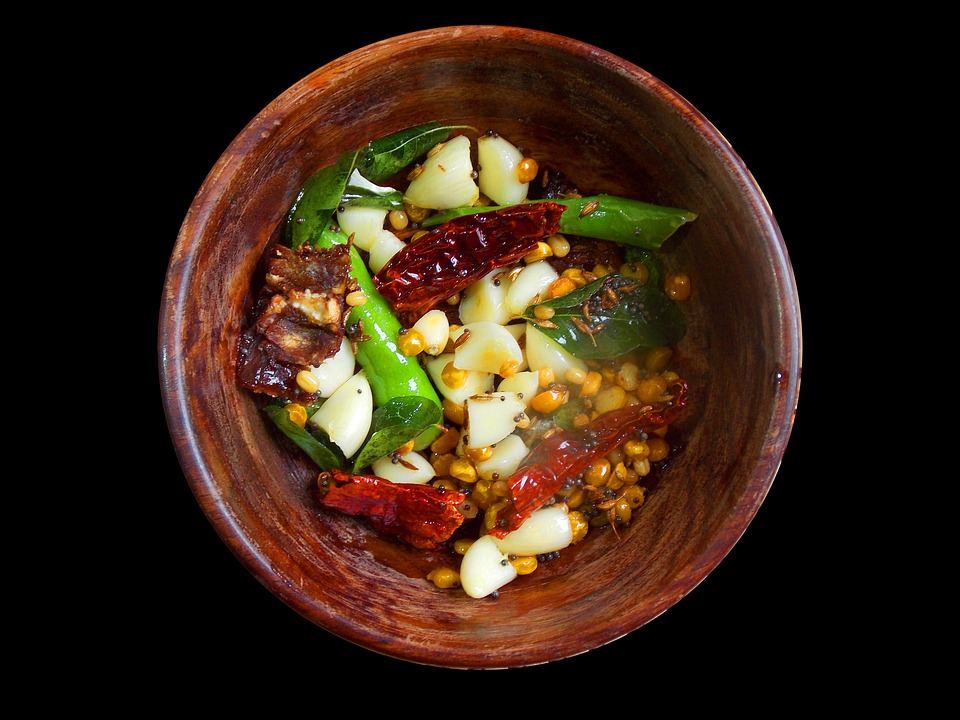Easter is a holiday celebrated in many countries around the world, each with its own unique traditions and customs. While some countries may have similar practices, such as Easter egg hunts and the Easter Bunny, others have distinct traditions worth learning about. Here are some fascinating Easter traditions from around the world:
- Italy – Easter is a week-long celebration known as Holy Week in Italy. On Easter Sunday, it’s common to eat a traditional cake called Colomba, shaped like a dove and made with candied orange peel, almonds, and sugar.
- Poland – In Poland, on Easter Monday, boys and men pour water on girls and women and hit them lightly with branches made of willow or palm. This is believed to bring good luck and fertility.
- Sweden – In Sweden, children dress up as witches on Easter Eve and go door-to-door, asking for candy and treats. This tradition is believed to have originated from the belief that witches flew to a mountain on the Thursday before Easter to meet with the devil.
- Greece – In Greece, it’s customary to dye Easter eggs red, which symbolizes the blood of Christ. It’s also common to play a game called tsougrisma, where two people hold an egg each and tap them against each other until one of them cracks. The person with the uncracked egg is believed to have good luck for the rest of the year.
- Bermuda – In Bermuda, it’s a tradition to fly homemade kites on Good Friday, with designs often featuring religious symbols such as crosses and doves. This tradition is believed to have originated as a way to lift prayers and thoughts to God symbolically.
- Finland – In Finland, children dress up as witches on Easter Sunday and go door-to-door, trading paintings and drawings for sweets and chocolate. This tradition is believed to have originated from the belief that witches could transform into birds and fly to a mountain on Easter Sunday.
Want more? Keep reading more of Easter traditions around the world.
7. Egg Rolling (United States) – In the United States, children participate in an Easter egg roll on the White House lawn on Easter Monday. This tradition dates back to the early 19th century, and is a fun way for children to celebrate the holiday.
8. Holy Week Processions (Spain) – In Spain, Holy Week processions are a common sight. These processions feature elaborately decorated floats, or pasos, depicting scenes from the Passion of Christ. The processions can be quite dramatic, with participants wearing robes and hoods.
9. Blessing of the Baskets (Poland) – In Poland, families bring baskets of food to church on Holy Saturday to be blessed. The baskets typically contain bread, ham, eggs, and other traditional Easter foods.
10. Burning of Judas (Mexico) – In some parts of Mexico, a figure of Judas Iscariot is burned in effigy on Easter Sunday. This tradition dates back to the colonial era, and is meant to symbolize the betrayal of Jesus by Judas.
11. Easter Bread (Russia) – In Russia, Easter is celebrated with Kulich, a sweet bread that is baked and decorated with frosting and sprinkles. The bread is typically served with Paskha, a sweet cheese spread.
12. Carrying the Cross (Philippines) – In the Philippines, penitents participate in a ritual called Via Crucis, or Way of the Cross, in which they carry a wooden cross through the streets. This tradition is meant to symbolize the suffering of Jesus on the way to his crucifixion.
13. Easter Fires (Sweden) – In Sweden, bonfires are lit on Easter Eve to ward off evil spirits. This tradition dates back to pagan times, and is still practiced today.
14. Easter Candles (Greece) – In Greece, candles are lit in church on Holy Saturday and are carried home, where they are used to light the family’s Easter dinner. The candles are often decorated with flowers and ribbons.
15. Paschal Greeting (Eastern Europe) – In Eastern Europe, people greet each other on Easter with the words “Christ is risen!” to which the response is “He is risen indeed!” This tradition is meant to celebrate the resurrection of Jesus.
16. Palm Sunday Processions (Italy) – In Italy, Palm Sunday processions feature olive branches instead of palms, which are not native to the country. The branches are often woven into elaborate shapes and used to decorate churches and homes.
17. Egg Tapping (Germany) – In Germany, people play a game called egg tapping on Easter Sunday. Each person selects an egg, and then taps it against the eggs of other participants. The person with the unbroken egg is declared the winner.
18. Easter Eggs (Ukraine) – In Ukraine, Easter eggs, or pysanky, are a traditional Easter decoration. These eggs are decorated with intricate designs using beeswax and dye, and are often given as gifts.
19. Hot Cross Buns (United Kingdom) – In the United Kingdom, hot cross buns are a popular Easter treat. These sweet buns are flavored with spices and currants, and are marked with a cross on top.
20. Easter Parade (United States) – In many cities in the United States, Easter parades are a common sight on Easter Sunday. Participants dress up in their finest clothes and parade through the streets, often carrying Easter baskets filled with eggs and treats.
21. Water Pouring (Czech Republic) – In the Czech Republic, women pour water on men and boys on Easter Monday, a tradition known as pomlázka. The water is meant to symbolize cleansing and renewal.
22. Egg Hunt (Australia) – In Australia, Easter egg hunts are a popular tradition. The eggs are hidden in gardens or parks, and children search for them with great enthusiasm.
23. Easter Lamb (Greece) – In Greece, lamb is the traditional Easter dish. It is often roasted on a spit and served with a variety of side dishes, including tzatziki and Greek salad.
24. Easter Tree (Germany) – In Germany, families decorate an Easter tree with eggs and other decorations. The tree is often placed in the garden, and is a symbol of new life and renewal.
25. Good Friday Processions (Philippines) – In the Philippines, Good Friday processions feature people walking barefoot and carrying crosses. Some participants even whip themselves as a form of penance.
These are just a few of the many Easter traditions from around the world. Each tradition reflects the unique culture and beliefs of the people who observe it. Regardless of where or how it is celebrated, Easter is a time of renewal and hope, and a reminder of the power of faith and love.


